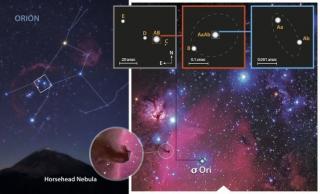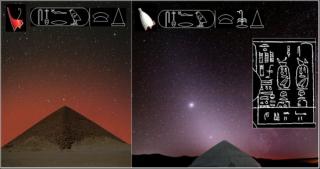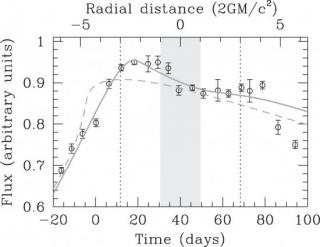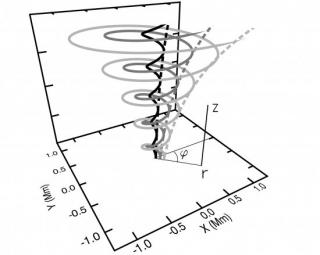
We provide a complete characterization of the astrophysical properties of the σ Ori Aa, Ab, B hierarchical triple system and an improved set of orbital parameters for the highly eccentric σ Ori Aa, Ab spectroscopic binary. We compiled a spectroscopic data set comprising 90 high-resolution spectra covering a total time span of 1963 days. We applied the Lehman-Filhés method for a detailed orbital analysis of the radial velocity curves and performed a combined quantitative spectroscopic analysis of the σ Ori Aa, Ab, B system by means of the stellar atmosphere code FASTWIND. We used our own plus
Advertised on



